Content
Cherry Shokoladnitsa is a fairly young variety that has managed to gain great popularity. The culture is an unpretentious plant; it tolerates drought and frost well and does not require careful care.
History of selection
The variety was bred to produce a frost-resistant crop with a small crown size, as well as tasty and attractive fruits. Shokoladnitsa was obtained at the Research Institute for Breeding Fruit Crops by crossing previously known cherry varieties Lyubskaya and Shirpotreb Chernaya, after which in 1996 it was entered into the state register of fruit crops.
Description of culture
There are distinctive features cherry varieties Chocolate girl. The height of a tree in adulthood can reach 2.5 meters, with maximum growth achieved by the 3-4th year of the plant’s life. The crown is usually an inverted pyramidal shape. The leaves, like those of most cherry varieties, are pointed, without a characteristic shine, and dark green. The inflorescences are white.The dark color of the berries and slight bitterness in taste can be confusing. Based on the taste of the berries, it is not always clear whether Shokoladnitsa is a cherry or a cherry. This is a variety of cherry, the berries of which have a dark hue, a sweet taste, with a note of sourness and bitterness.
Characteristics
The Shokoladnitsa cherry, a photo of the tree of which is presented below, belongs to a rather early and unpretentious variety. It is resistant to drought, tolerates frost favorably, and also produces a rich harvest by the 4th year of its growth.
Drought resistance, winter hardiness
One of the main advantages of the variety is its high resistance to low temperatures and lack of moisture. That is why the variety is successfully grown in many regions of our country, although it was initially recommended for planting in the central part of Russia.
Pollination, flowering and ripening period
The flowering period of the crop occurs in the first third of May, and the first harvest can already be harvested by the 20th of June. But it is worth remembering that the first fruits appear no earlier than 3-4 years after the seedling is planted in its permanent place of growth.
The main pollinators for the Shokoladnitsa cherry variety are cherries Griot, Sklyanka and Vladimirskaya cherry varieties. Therefore, it is recommended to plant this variety with the above-mentioned crops.
Productivity, fruiting
High yield is another one of the main advantages of the Shokoladnitsa variety. From one mature tree you can collect about 10 kg of ripe and tasty berries. This is considered a fairly good indicator for such a low-growing tree.
Area of application of berries
Like many varieties, the dwarf Shokoladnitsa cherry, namely its fruits, is widely used in cooking:
- compotes are cooked;
- make preserves and jams;
- make natural marshmallows;
- dried in an oven or special equipment, resulting in dried cherry fruits;
- Both whole berries and cherry puree are frozen for the winter.
The preparations are used in baking, preparing a variety of sauces and drinks.
Resistance to diseases and pests
Cherry varieties Shokoladnitsa can be susceptible to coccomycosis, moniliosis and aphids. However, with proper care and treatment of the crop, infection of leaves, branches and bark can be avoided. Plus, the absence of long branches leaning towards the ground prevents the plant from colonizing other pests.
Advantages and disadvantages
Summarizing the above, we can highlight the following advantages of the Shokoladnitsa cherry variety:
- compact crown, facilitating the maintenance process and reducing the risk of pests;
- high resistance to drought and frost;
- rapid fruit ripening;
- possibility of self-pollination.
The disadvantages, in turn, include:
- the need for regular treatment against fungal diseases and pests;
- lower yield compared to other larger varieties.
Despite the lack of resistance to fungal infections, this cherry variety is considered one of the best for growing.
Landing Features
Compliance with all planting rules, choice of location and preparation of seedlings - all this plays an important role in the further growth of the crop, its fruiting and resistance to adverse environmental conditions.
Choosing a landing site
The cherry variety loves sunny and open places.If there are any buildings or other large plants on the site proposed for planting, then it is best to plant the Chocolate Lady on the south side of them. In this case, a favorable microclimate is created for the seedling, and nothing will interfere with the entry of sunlight.
It is necessary to plant the crop in the spring, but if the seedling was purchased somewhat in advance, then it is best to dig it into a hole 40 cm deep, cover the root system and trunk with soil before branching begins. After this, cover with spruce branches, this will keep the seedling in its original condition.
Shokoladnitsa cherries are planted in spring in light and neutral sandy loam soil.
Selection and preparation of planting material
You should choose any planting material, including this variety of cherry, only in trusted, specialized nurseries, where professionals in their field will be able to give all recommendations for care. And it is best to do this in early autumn.
Preference should be given to specimens that are not too tall. It is important to inspect the shoots for their number (8-12 pieces depending on the age of the plant and 15-25 cm long), as well as their external condition.
The optimal volume of the root system should be within 25-35 cm. There should be no damage or fungal infections on the cherry bark, the roots should be moderately moist, without creases, swelling, and with a large number of branches.
Landing algorithm
Stages of planting Shokoladnitsa cherries:
- Preparing the pit. Its size should be approximately 70 cm (width) and 65 cm (depth).The excavated soil is mixed with organic, potassium and phosphorus fertilizers and poured back into the hole, forming a small mound.
- A cherry seedling is installed at the top of the mound, straightening all the lateral roots. The root system is sprinkled with the remaining soil, compacted and filled with about 3 incomplete buckets.
- After the soil has settled, you can add more soil on top, and then tie the tree to a support buried nearby with a stick.
Additionally, before planting, it is recommended to treat the root system with a special stimulant drug, for example, Kornevin.
Reproduction
Another important point in caring for the Chocolate cherry is propagation. It is carried out in two ways: grafting and cuttings. In the first case, the cherry pit is planted in the ground in the fall and after the sprouts appear, the emerging cuttings with buds are grafted onto an existing adult plant. In the second case, the cherry cutting is buried in moist soil and waiting for it to take root.
Subsequent care of the crop
Newly planted cherry trees require moderate but frequent watering. After the first leaves appear, you need to mulch the soil and reduce watering.
The basic rules for caring for the plant in the first three years are:
- regular removal of weeds around the seedling;
- loosening and mulching the soil;
- regular watering during dry periods of the year;
- crown formation before bud break.
One of the main conditions for caring for the Chocolate Girl is an established watering regime. Water should not stagnate in the soil, as this may affect the appearance and taste of the fruit. But it is also absolutely forbidden to leave the soil dry. One plant requires about 4-5 liters of water.
Many people ask the question: what to do if the Shokoladnitsa cherry tree does not bloom? This can be affected not only by pests and diseases, but also by a lack of light, lack of pollinators, and a deficiency of minerals in the soil.
Diseases and pests
The main disadvantage of the Shokoladnitsa variety is its susceptibility to coccomycosis and moniliosis. In the first case, an effective way to destroy the disease is to spray the tree at the bud stage with a 3% solution of Bordeaux mixture, during the flowering period with the drug “Skor” and after harvesting the fruits with a solution of copper oxychloride.
To destroy moniliosis, which manifests itself as a fungal coating on branches and bark, it is recommended to remove and burn the damaged areas and subsequently treat the crop with a solution of copper sulfate.
Aphids living on cherries and damaging the plant are best removed using a 3% nitrafen solution.
Conclusion
The Shokoladnitsa cherry variety is truly one of the universal ones, and its resistance to unfavorable environmental conditions allows this crop to be grown in many regions of our country.
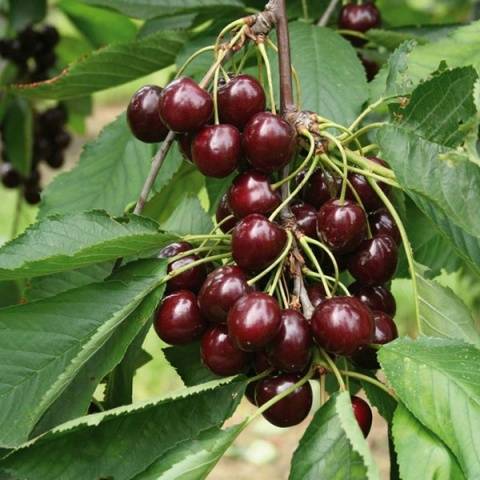

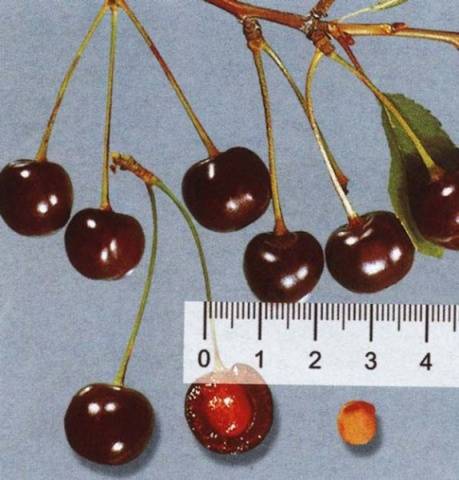
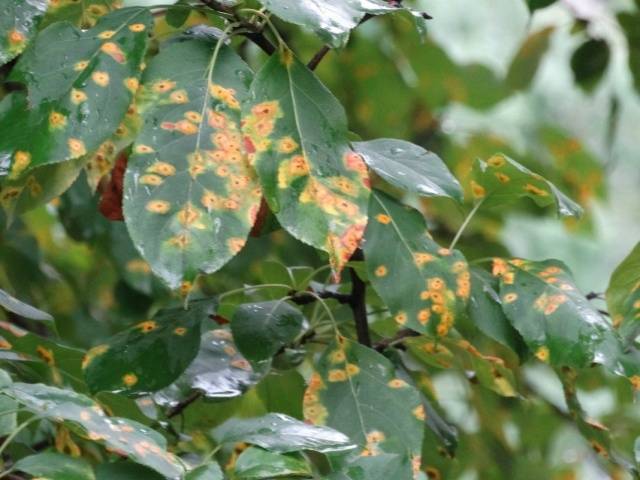
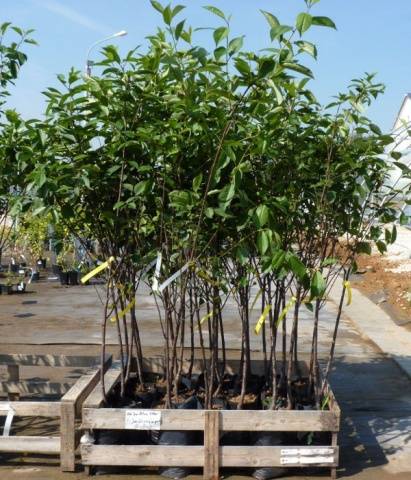
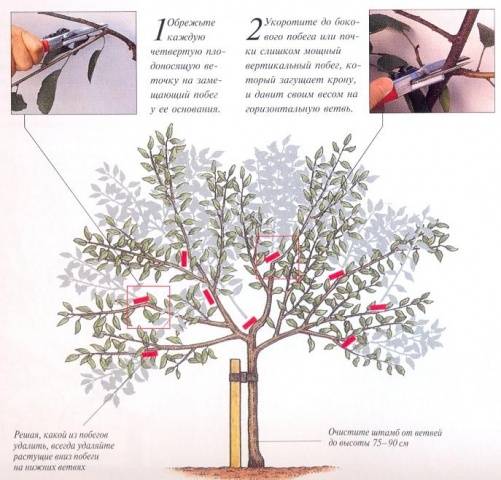

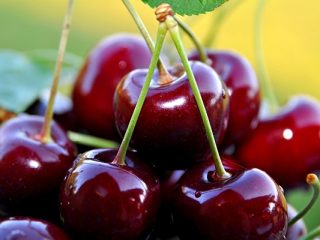

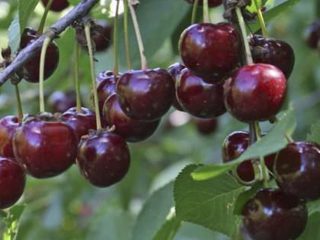
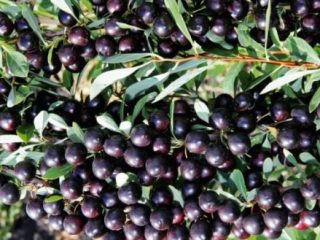
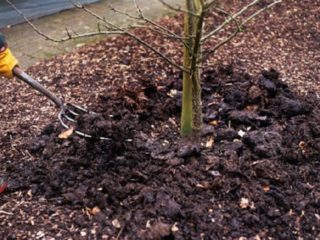

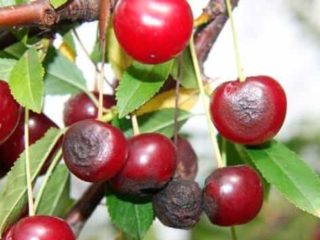
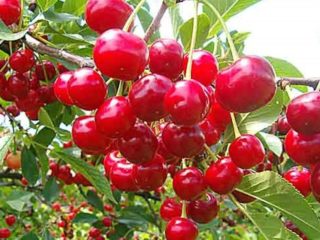
why cherry chocolate is bitter